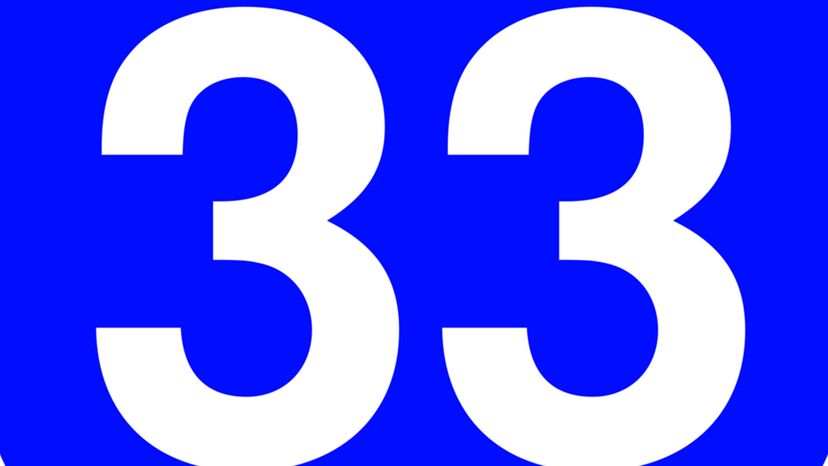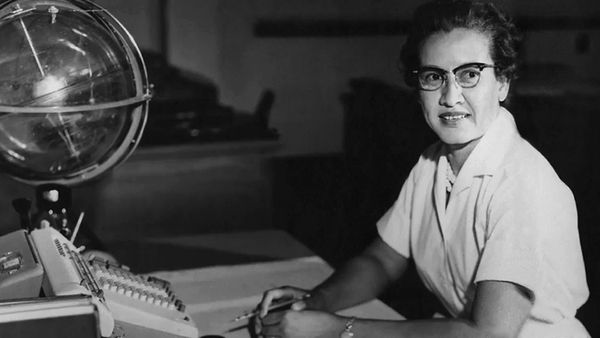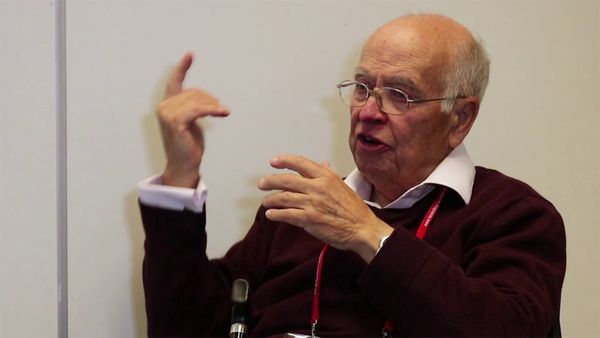
If you're a trivia junkie, you may know of 33 asKareem Abdul-Jabbar'sold jersey number, or as themysterious notation on bottles of Rolling Rock beer. If you make a lot of international phone calls, you might know that it's thecountry codefor France.
Chances are, though, that unless you're really, really into 33, you probably don't know thatmathematicianshave been trying to figure out for the past 64 years whether it's possible to come up with 33 as the sum of three cubes (as an equation, it's 33 = x³+ y³+ z³). (For a more sophisticated explanation, try thisQuanta Magazine article.)
Advertisement
It's an example of something called aDiophantine equation, in which all the unknowns must be integers, or whole numbers. With some numbers, this sort of thing is pretty easy. As Massachusetts Institute of Technology professorBjorn Poonenexplained in this2008 paper, the number 29, for example, is the sum of the cubes of 3, 1 and 1. For 30, in contrast, the three cubes are all 10-digit numbers, and two of them are negative integers. Math is strange like that.
Expressing 33 as the sum of three cubes has proven devilishly elusive. That is, until recently. Asolutionwas worked out byAndrew Booker, who holds a doctorate in mathematics from Princeton and is a reader (a research-oriented faculty position) in pure mathematics at the University of Bristol in the UK.
In this YouTube video fromNumberphile, Booker explains that after he saw a video on the solving of the three cubes problem for 74, he got the inspiration to tackle 33:
Ultimately, he devised a new, more efficientalgorithmthan mathematicians had been using up to this point.
"It probably looks like I've made things a lot more complicated," he explained in the video, as he wrote out calculations on a big brown sheet of paper.
To crunch the numbers, he then used a cluster of powerful computers — 512 central processing unit (CPU) cores at the same time — known asBlue Crystal Phase 3. When he returned to his office one morning after dropping his children off at school, he spotted the solution on his screen. "I jumped for joy," he recalled.
The three cubes are 8,866,128,975,287,5283; - 8,778,405,442,862,2393; and -2,736,111,468,807,0403.
Advertisement





